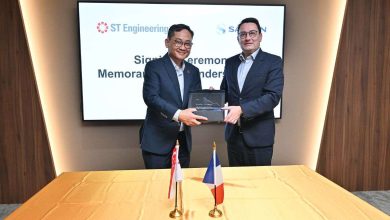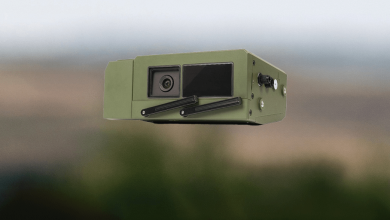
Lockheed Martin’s NGI Reaches Key Communication Breakthrough, Demonstrates Resilience in Extreme Conditions
Lockheed Martin has recently confirmed prototype communication radio technology for the Next Generation Interceptor (NGI) during a significant testing milestone. The NGI’s objective is to safeguard the U.S. homeland from rising and evolving intercontinental ballistic missile dangers. Importantly, the interceptor and its elements must be capable of receiving and transmitting data from the ground and throughout the mission over extensive distances, at remarkable speeds, all while navigating challenging conditions.
Through initial prototype evaluations at Lockheed Martin’s facility in Sunnyvale, California, the corporation showcased that the interceptor’s communication system can function in hostile and adverse conditions it may face during its mission. This communication technology is crucial as it grants in-flight situational awareness, enabling the interceptor’s components to efficiently react to intricate threats.
“Preliminary demonstrations like this allow us to learn progressively and manage risks,” stated Sarah Reeves, vice president and program manager of the Next Generation Interceptor initiative at Lockheed Martin. “This milestone maintains the NGI team’s successful early testing tempo of vital technologies within our digital system design as it evolves in accordance with our Developmental Evaluation Framework.”
Lockheed Martin’s NGI program was inherently digital, employing fully digital tools ahead of contract awarding through the design and development phase. Utilizing Agile development, the NGI team was able to swiftly create and prototype the communication capabilities through a concentrated focus on development, security, and operations (DevSecOps), significantly minimizing risks early in the process.
The NGI team integrated fast prototyping in partnership with Austin, Texas, small enterprise X-Microwave, a Quantic Company, delivering hardware platforms for software-defined radio development in mere weeks, instead of months, facilitating quicker design progression.
Lockheed Martin is advancing with a heightened sense of urgency, dedicated to continuously enhancing, testing, and demonstrating the NGI system’s components to affirm system performance. The inaugural Lockheed Martin NGI is anticipated for delivery in FY2027.







